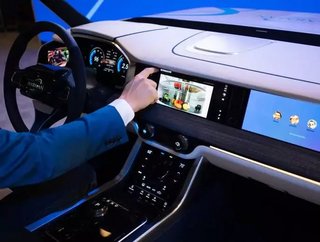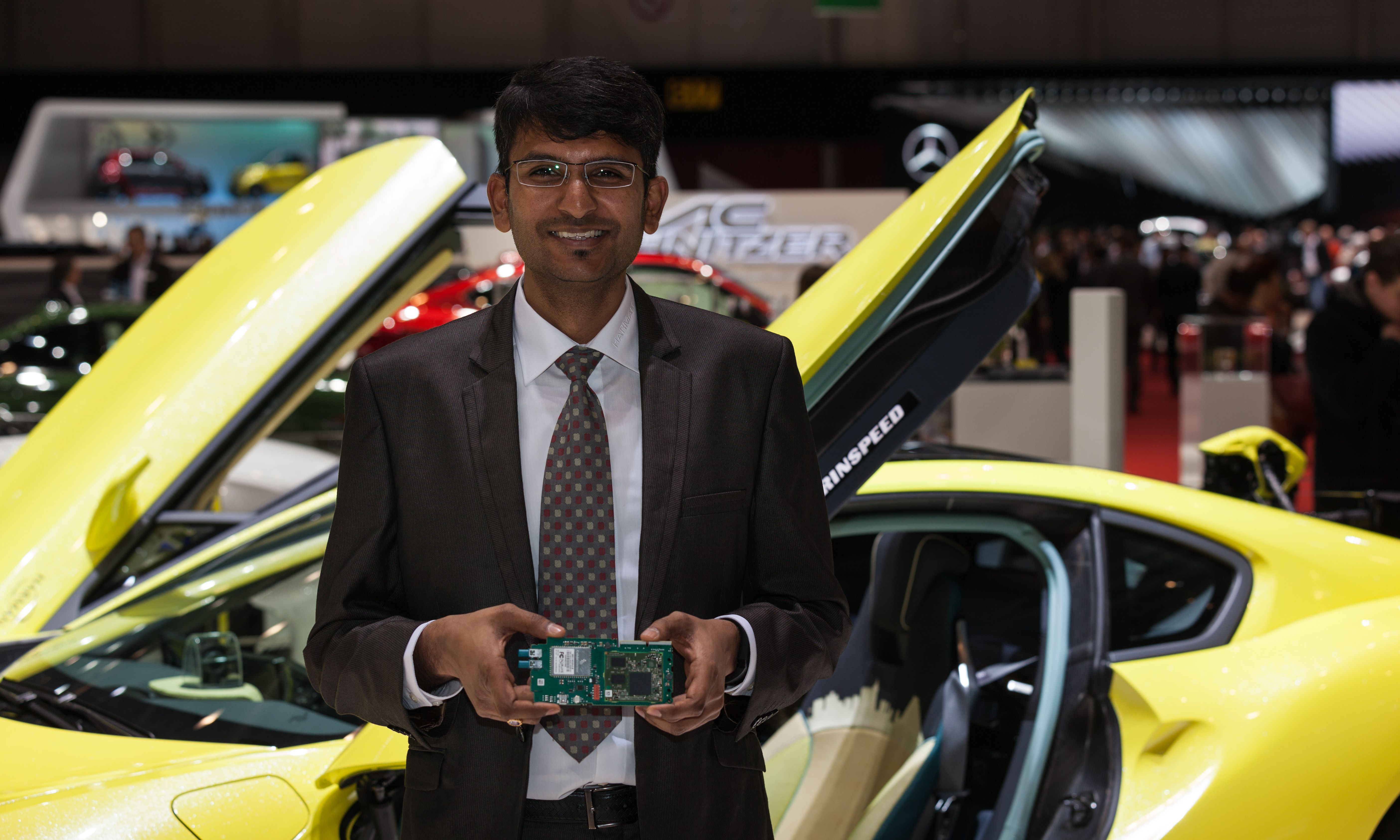Geneva Motor Show: The top automotive technology trends you won't want to miss

The Geneva Motor Show – one of the biggest motoring events in the world – kicked off this week and it didn’t disappoint.
Featuring eco-friendly electric vehicles, hyper intelligent connected cars and more, the European motor show gave a glimpse of what we can expect from the mobility of the future.
Technological innovation was rife at the event: Renault showcased its self-driving limousine concept, the EZ Ultimate, whilst Hizpano Suiza unveiled a two-seater electric supercar named Carmen.
Elsewhere, Polestar revealed Polestar 2, a fully-electric car that uses phone-as-key technology and intelligent seat sensors that start up the car once the driver is seated, and Volkswagen unveiled an electric dune buggy.
Looking ahead, Vishnu Sundaram, Vice President of Telematics Business Unit at HARMAN Connected Car, outlines some of the key technology trends you won’t want to miss in the mobility market.

Self-driving cars: the landscape is changing
“The world is on the cusp of a transportation technology revolution, which will usher in the dawn of the autonomous vehicle age. Self-driving vehicles are poised to hit public roads within a decade, and will provide improved convenience, efficiency, cost savings and enhanced consumer safety,” says Sundaram.
SEE ALSO:
-
How Verizon Connect is helping customers run a smarter fleet
-
Hyundai Card and Hyundai Commercial partner with IBM to drive digital transformation
“Our entire approach to designing, developing, deploying, and interacting with vehicles will fundamentally change. So too will the vehicle itself; primarily through greater autonomy, connectivity and a switch to electrification; it’s widely predicted that the car will advance more in the coming years than it has in the last half century.”
Next Generation Wireless Technology
“This transformation will not happen overnight; Industry analysts predict there will be a lengthy transition period where a mix of machine-controlled and human-operated vehicles dominate the transportation market, long before high levels of pervasive autonomous vehicles operate on a global scale,” he said. “This new transportation environment will demand new safety systems that rely on-vehicle sensors, roadside sensors and cloud-based data including maps, traffic information and road hazards.
“Aside from innovative vehicle systems, achieving a connected mobility experience that supports vehicle-to-vehicle and vehicle-to-infrastructure communications, for example, requires a next generation wireless network to handle the subsequent volume and velocity of data that vehicles will produce and need to process. In that way, 5G coupled with C-V2X, offers extensive coverage, high data transfer speeds, ultra-low latency and high reliability.”
Connected can mean safer
“Thanks to 5G, other future safety systems could be implemented that were previously not possible. These include a ‘Do not pass’ warning, which would inform the driver when not to overtake while a Vulnerable Road User warning will notify drivers of possible upcoming risks ahead, such as an obstruction around a blind bend,” Sundaram explains.
“5G could bring to life concepts from science fiction brought to life. Using Augmented Reality, drivers could be able to ‘see-through’ the vehicle in front. 5G would enable systems to leverage real time video and navigation systems to assist drivers to show the road ahead and assist drivers in overtaking manoeuvres”






